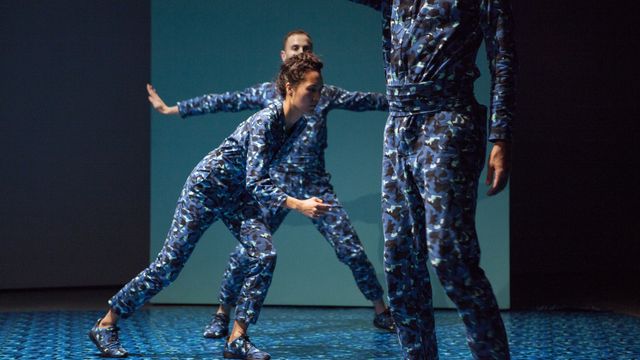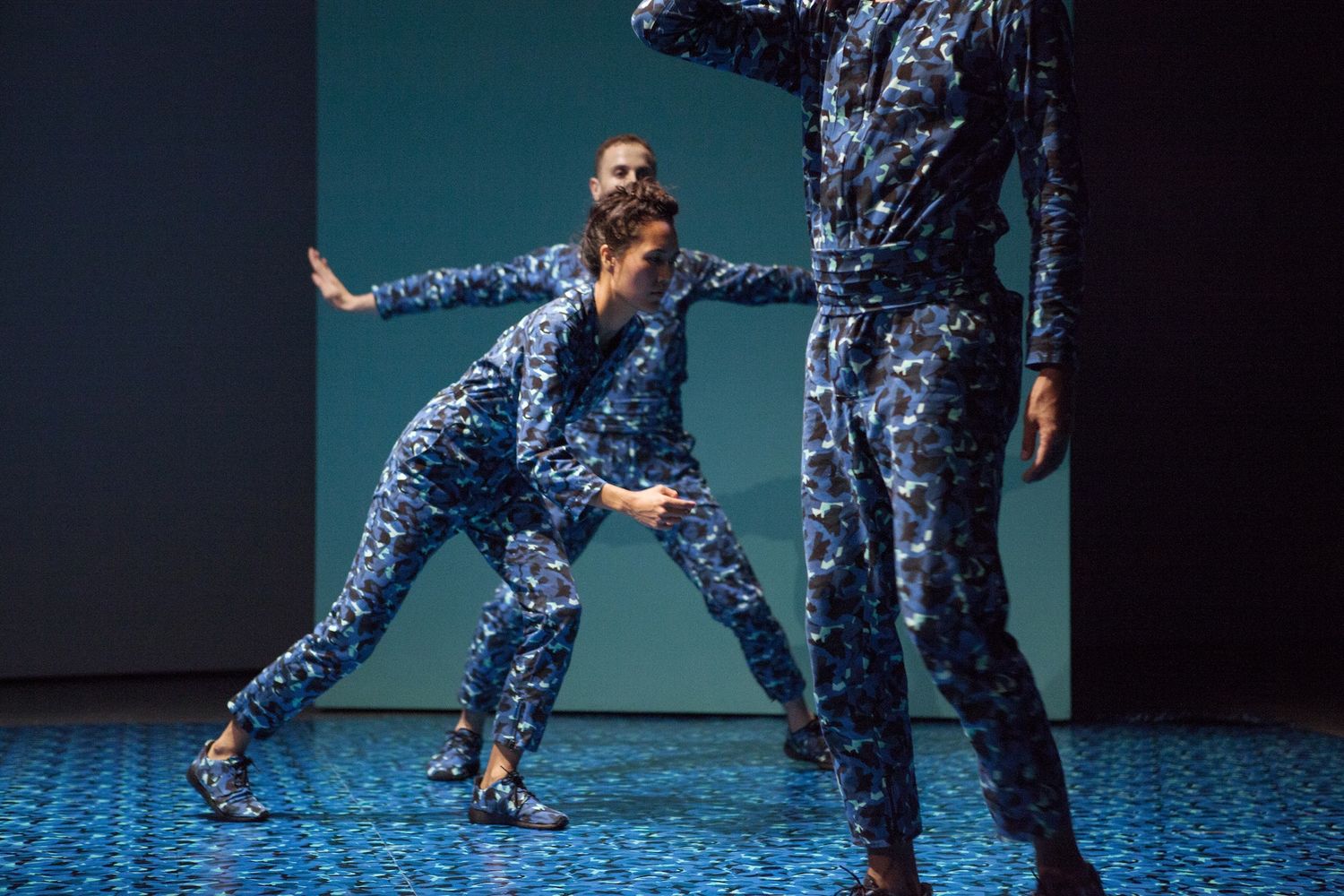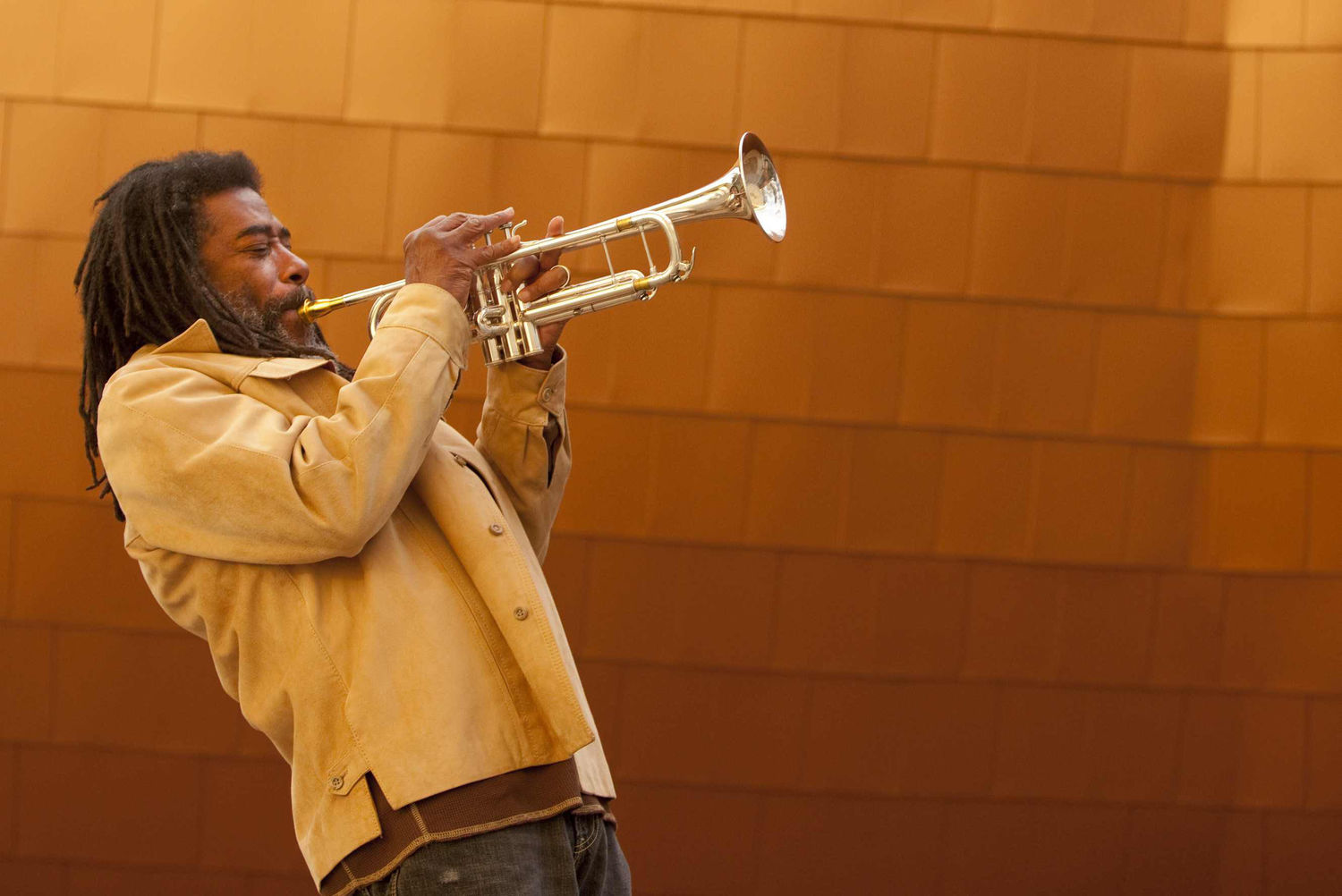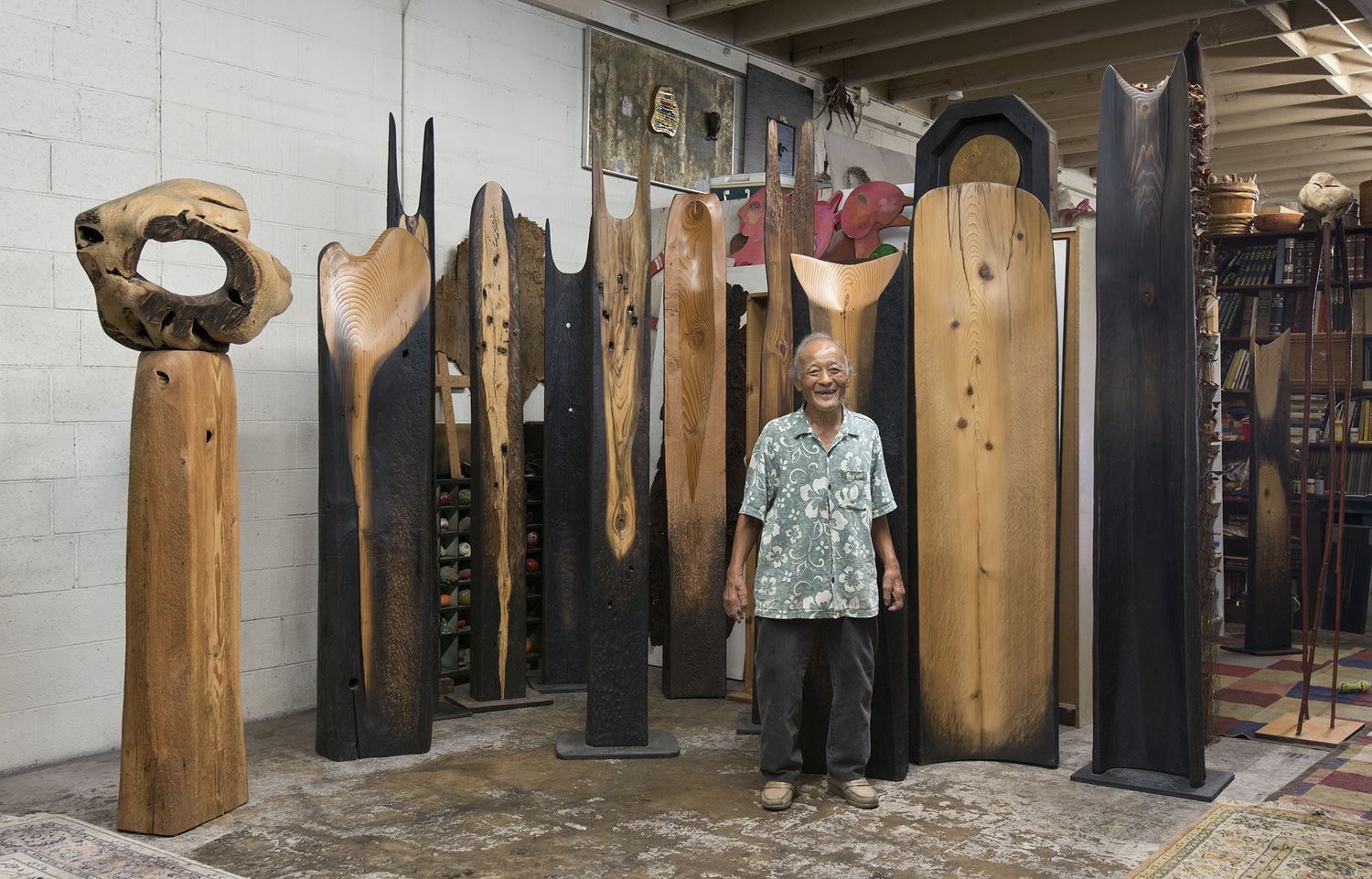
Hammer Museum Announces Recipients of Mohn Awards in Made in L.A. 2016
The Hammer Museum today announced the recipients of the Mohn Awards presented in conjunction with Made in L.A. 2016: a, the, though, only, organized by Hammer curator Aram Moshayedi and Hamza Walker, director of education and associate curator, Renaissance Society. Dancer and choreographer Adam Linder will receive the $100,000 Mohn Award honoring artistic excellence as well as a monograph produced by the Hammer. Wadada Leo Smith will receive the $25,000 Career Achievement Award honoring brilliance and resilience; and Kenzi Shiokava will receive the $25,000 Public Recognition Award as determined by a public vote.
“It’s exciting for us to see a dancer chosen for the Mohn Award, and Adam’s work was a standout for its nuanced choreography and evocative visual and sound design. Wadada Leo Smith, another performer, was recognized for his achievements as a musician and a mentor as well as the decades-long development of his system of musical notation,” said Ann Philbin, Director of the Hammer Museum.
A jury of professional curators selected the Mohn Award and the Career Achievement Award while the Public Recognition Award was determined by on-site voting from June 11 through August 14, 2016. The jury included Ingrid Schaffner, curator, 57th Carnegie International, 2018, Carnegie Museum of Art, Pittsburgh, Mika Yoshitake, associate curator, Hirshhorn Museum and Sculpture Garden, and Jose Luis Blondet, curator, Special Initiatives, Los Angeles County Museum of Art. All three awards were once again funded through the generosity of Los Angeles philanthropists and art collectors Jarl and Pamela Mohn and the Mohn Family Foundation as part of Made in L.A., the Hammer’s biennial exhibition series highlighting emerging and under-recognized artists from the Los Angeles region.
“Curators Aram Moshayedi and Hamza Walker selected a tight group of artists and offered them room to stretch. This exhibition is stunning in terms of the range of practices and performers, the depth of exploration, and the array of programs it presents. It’s as it if everyone won and gave a prize through their participation in Made in L.A. 2016: a, the, though, only,” said Ingrid Schaffner.
“In this year's Made in L.A., Adam Linder's Kein Paradiso stood out as a tour de force. The jurors were struck by Linder's inventive consideration of the latent role of presence through layers of formalist modernist histories and interplay of props and choreography,” wrote Mika Yoshitake.

“The jury wants to acknowledge Wadada Leo Smith’s outstanding achievements as a musician, his influential work as a teacher and a mentor for younger artists in Los Angeles, and the decades-long expansion of an inventive, complex and layered system of notation simultaneously interrogating the pictorial and the performative,” stated Jose Luis Blondet.

Visitors to Made in L.A. choose the recipient of the $25,000 Public Recognition Award by voting for Kenzi Shiokava through on-site kiosks located throughout the museum.

Totaling $150,000, the Mohn Awards are among the largest art prizes dedicated to recognizing the work of emerging and under-recognized artists from the greater Los Angeles region. In 2014 Alice Könitz, creator of The Los Angeles Museum of Art, received the Mohn Award; Magdalena Suarez Frimkess and Michael Frimkess received the Career Achievement Award; and Jennifer Moon received the Public Recognition Award. In 2012 Meleko Mokgosi received the Mohn Award, which was selected by both a professional jury and the public.
About the Award Recipients
Adam Linder (b. 1983, Sydney, Australia) was trained as a dancer at the Royal Ballet School in London. He has choreographed stage works, including Auto Ficto Reflexo (2015), Parade (2013), Cult to the Built on What (2013), for both dance contexts and in spaces typically devoted to visual art. Kein Paradiso—a new work created for Made in L.A. 2016—is a choreography for three performers who engage with formalist approaches to movement and push against the notions of universality and singularity left over from the history of modern and postmodern dance. In the days between performances, the stage pieces and props for the work remain in the space as a self-aware and deflated theatrical residue, marking the dormant space as a site of ongoing activity. Through a soundtrack that plays continuously in place of the three performers, the installation takes into account its exposed state in the interim moments when an audience awaits a given performance.
Wadada Leo Smith (b. 1941, Leland, Mississippi) trained as a musician through the U.S. military band program, at the Sherwood School of Music, and at Wesleyan University. In the 1960s and 1970s Smith worked with the Chicago-based Association for the Advancement of Creative Music. He was on the faculty at California Institute of the Arts from 1993 until his retirement in 2013. His presentation in Made in L.A. 2016 featured a selection of scores created from 1968 to 2014 in the form of musical notation called Ankhrasmation, created by the artist in the 1960s. These scores demonstrate his early use of the notation’s signature cuneiform-like glyph, and his later expansion in the use of color, repertoire of signs, and compositional approaches to the page as a whole.
Kenzi Shiokava (b. 1938, Santa Cruz do Rio Pardo, Brazil) has lived in Los Angeles since 1964. Shiokava received a BFA from the Chouinard Art Institute in 1972 and an MFA from Otis Art Institute in 1974. His work includes carved wood totems and mixed-media assemblages. Together, these very different sculptural practices bookend a narrative spanning more than 50 years. Shiokava is Japanese Brazilian and his work embodies a cultural hybridity. Shiokava’s totems evoke a ritual form imbued with symbolic import while his assemblages are often marked by juxtapositions of natural and industrially produced forms. Much of his work incorporates plant matter, thus speaking to a broad definition of culture, one involving an adaptation of natural resources to human ends.




